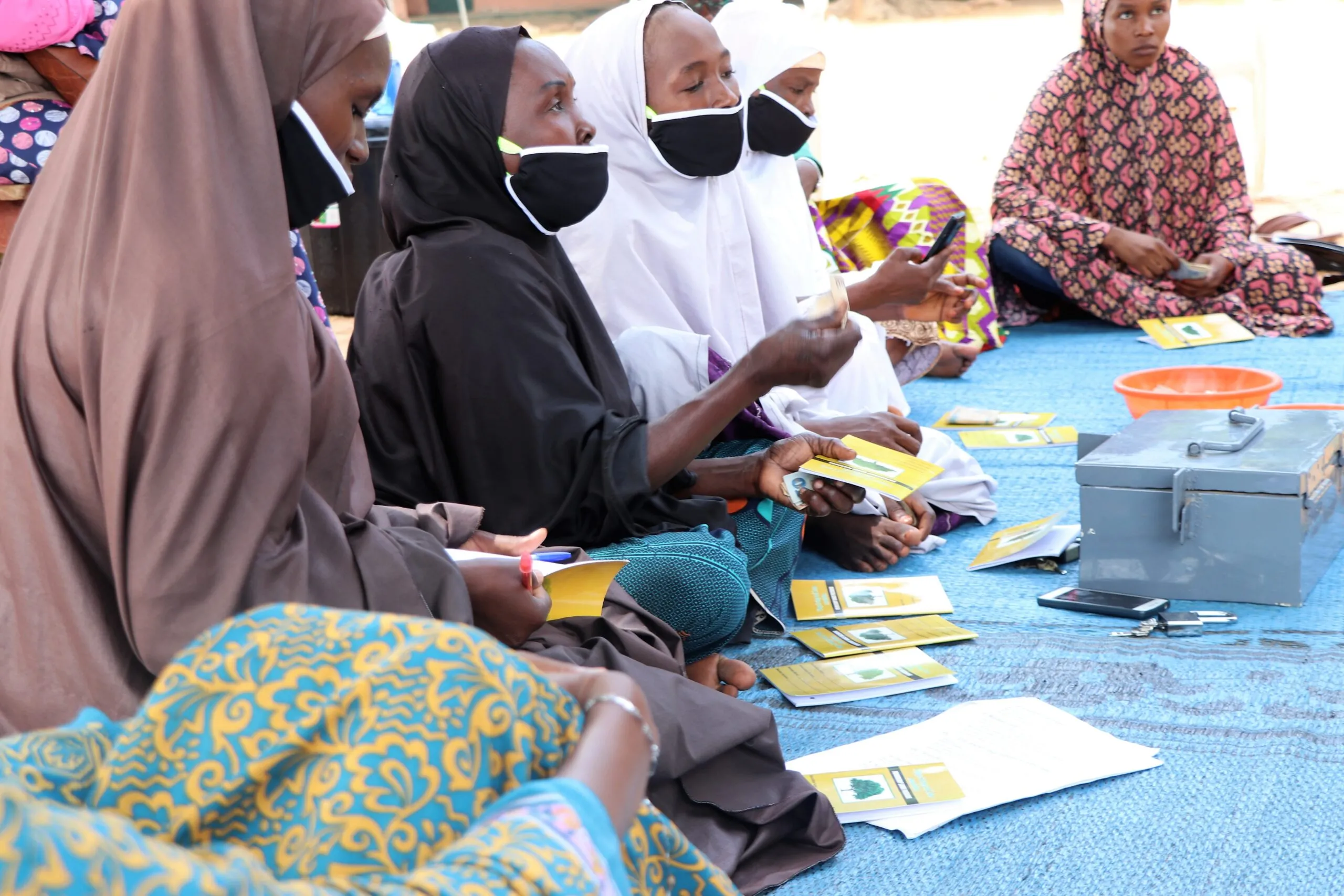
Village Savings and Loans Associations (VSLAs) have been a foundational programmatic approach at CARE since 1991. Since then, CARE has helped over 13.7 million people join savings groups. The savings group model has been adopted and adapted by a variety of organizations globally. This brief gives an overview of the social and financial effects and returns of savings groups as well as how groups affected members’ resilience to COVID-19. The results gave an overview of the financial return on investment (ROI), group economic outcomes, savings groups costs, and individual and household effects for savings groups both inside and outside of CARE.
The CARE-WWF Alliance designed a Collective and Sustainable Investment (CSI) model to accelerate the access of small-scale farmers and community-based conservation groups – particularly women and youth members – to finance and to scale economic activities that sustain or improve ecosystems critical to their livelihoods. This learning brief outlines the method, findings, and recommended next steps. Read More
The impacts of climate change are increasingly obvious, with 2023 as the hottest year on record—by far. In this report, CARE looks at what the data is telling us about climate change and what women are doing about it worldwide. Read More
The government of Burundi has declared a humanitarian crisis you may not have seen in the midst of all the crises in the world. Double-digit food price inflation, 1.23 million people facing food insecurity, conflict in DRC impacting trade, and more than 200,000 people displaced: the crises in Burundi barely get enough attention globally. In fact, Burundi is the third in the list of most under-reported crises. If you haven’t been following the situation in Burundi, here are 4 things women in Burundi want you to know. Read More